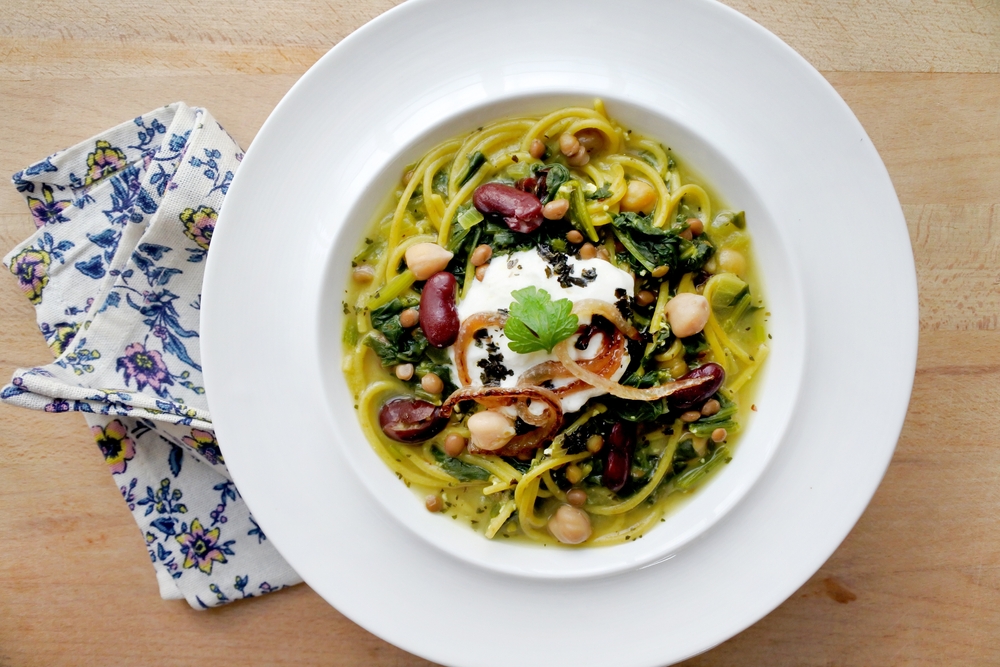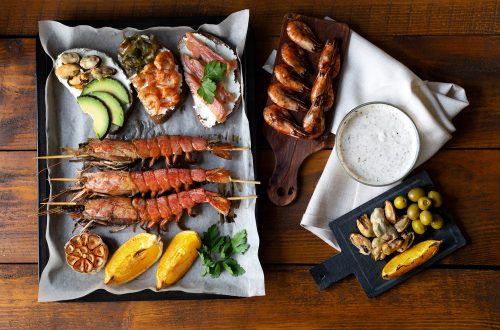
Eat Your Spinach!
One vegetable that seldom appeared on our family menu when I was growing up in the 1950s was spinach. Fresh spinach was not on the shelves in the local supermarkets, and we didn’t grow it. We could buy canned spinach, and I’m sure you could have obtained frozen spinach. But there was no hue and cry for it in the family.
I know spinach was occasionally served at the school cafeteria, but the closest I really got to spinach was watching Popeye cartoons. This animated character who got his super-powers from eating canned spinach was credited with a 30% spike in spinach consumption after Popeye jumped from the funny papers to TV in the 1960s.
Long before its cartoon cameo, spinach was consumed in Persia in the 4th century, where it was called aspanākh. Then it traveled to China, but didn’t get to Europe until the 11th century when the Arabs brought it to Spain. Its use grew because spinach tasted better than the goose-foots, sorrels, and other leaf beets (chard) that were consumed in medieval Europe.
In the modern world, spinach is a $40 billion annual commodity, and the Chinese eat the most. Next come the Americans and the Japanese, followed by the Turks and Belgians. In the U.S., women eat more spinach than men, and teens eat the least. Regionally, the Northeast and West are the largest consumers of fresh spinach, while the South loads up on the canned version.
Post-Popeye, what did spinach consumption look like? In my case, I started cooking a couple dishes that included spinach in the early 1970s. My favorite involved pounding a boneless chicken breast to about ½-inch thick, dredging it in breadcrumbs, and frying it in butter. At the same time, I heated up a box of frozen spinach combined with a little chopped garlic and browned some sliced mushrooms in butter. When all was ready, I just covered the cooked chicken breast with the spinach and topped it with the cooked mushrooms. Turns out chicken pairs well with spinach in any number of dishes.
These days, fresh spinach is readily available at our farmers’ markets as well as at most supermarkets. Hardly a week goes by that I don’t buy a bag. Most of the time, I add it to soups as well as to chicken and fish dishes for extra nutrition. Occasionally, we’ll have a spinach and cheese frittata or quiche. Any extra spinach that week makes for an easy salad with a quick evening meal. And a favorite in this house is Iranian Noodle Soup (ash reshteh, pictured above). Though many recipes for this iconic Persian soup don’t use spinach, the New York Times Cooking version by Samin Nosrat does make use of a large bunch of spinach.
If you want to follow Popeye’s advice and eat more spinach, just remember that it’s high in iron, calcium, and vitamins A and K as well as being low in calories. It pairs well with chicken, salmon, sausage, mushrooms, beans, and eggs. As for appetizers, a favorite seems to be a spinach and artichoke dip. For a lighter meal or brunch, how about a spinach and cheese quiche or frittata? Recipes typically call for feta, gruyère, or goat cheese. And for a salad, maybe try a spinach, bacon vinaigrette, red onion, and avocado version. Another soup you might try is callaloo, the national dish of Trinidad and Tobago, French St. Martin, and Domenica.
But it’s main dishes where you can venture out with spinach. Lasagna with spinach is a good one, and what about spinach, sausage, and artichoke pizza or pasta with spinach? Of course, there are a number of Greek dishes with spinach such as phyllo pie (spanakopita), and you can make a simple appetizer version using phyllo cups stuffed with cooked spinach, mixed with sautéed garlic and feta cheese, and baked in the oven. And you’ll also find recipes for spinach in burritos and Chinese lo mein.
From your email, please click on the headline to view the blog on the website. You can log in and comment at the end of the blog to share your thoughts and start a discussion, or suggest a topic for Farmboy in the Kitchen.
If you’d like to share the blog, click on the Facebook icon or one of the others. Thanks!




